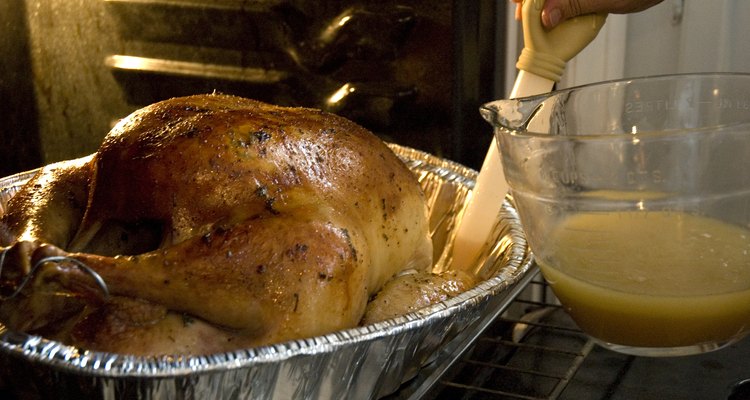
Shawn Campbell/iStock/Getty Images
Turkey basters fall into three categories: fats, glazes and stocks. Pan juices, the term for the collective gelatin, fat and moisture rendered from the turkey during cooking, fulfill the main purpose of basting -- to moisten -- but aren't always ideal. A combination of fat-, glaze- and stock-based liquids, on the other hand, produces different results, such as browning and aromatizing, to your specifications.
Water-Based
You should use water-based basting liquids, such as stock and broth, throughout roasting. Homemade stock or broth is ideal: Simmer the carcass of a roasted chicken in about 8 cups of water until it reduces by half its volume. Then add a diced onion, a diced carrot, a bay leaf and a few black peppercorns and cook over low heat for an hour. Ladle or spoon the stock over the turkey every 30 minutes during cooking. If you must use canned broth, make sure it's low-sodium or sodium-free.
Fats and Sugars
Apply oil before you slide the turkey in the oven and, if you use butter, at the end of cooking to take advantage of its browning effect. Start basting glazes over the turkey when it reaches an internal temperature of 155 degrees Fahrenheit and every 15 minutes thereafter. Make a basic glaze by combining 1 part sugar and 1 part acid plus flavorings to taste. For example, heat 1/2 cup brown sugar or honey with 1/2 cup cider vinegar in a saucepan over low heat until syrupy; add Dijon mustard and fresh herbs to taste. Warm the glaze before you baste.
Related Articles
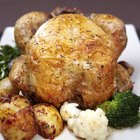
How to Smoke a Chicken in the Oven
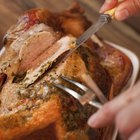
The Best Ways to Inject Turkey to Make ...

How to Cook Turkey Legs on the Grill
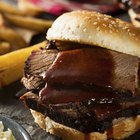
How to Make Corned Beef Gravy
The Best Way to Cook a Small Turkey ...
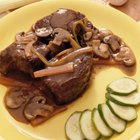
How to Use Leftover Marinade in Gravy

How to Keep Turkey Moist
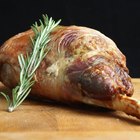
How to Cook a Bone-in Leg of Lamb
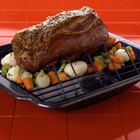
How to Cook a Whole Sirloin Tip Beef ...
How to Make Chicken Pot Pie With Puff ...

How to Roast a Split Turkey

How to Smoke a Ham in a Bradley Smoker
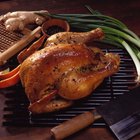
How to Marinate Roast Chicken

How to Barbecue Bologna on a Charcoal ...
How to Slow Cook a Pot Roast With Beef ...
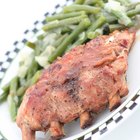
How to BBQ Ribs on a Smoker

How to Cook Turkey With Apple Juice
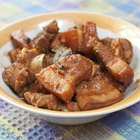
How to Make Filipino Chicken Adobo
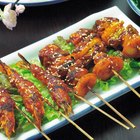
A Substitute for Teriyaki

What Can I Use Instead of Cream of ...
References
Writer Bio
A.J. Andrews' work has appeared in Food and Wine, Fricote and "BBC Good Food." He lives in Europe where he bakes with wild yeast, milks goats for cheese and prepares for the Court of Master Sommeliers level II exam. Andrews received formal training at Le Cordon Bleu.
Photo Credits
Shawn Campbell/iStock/Getty Images